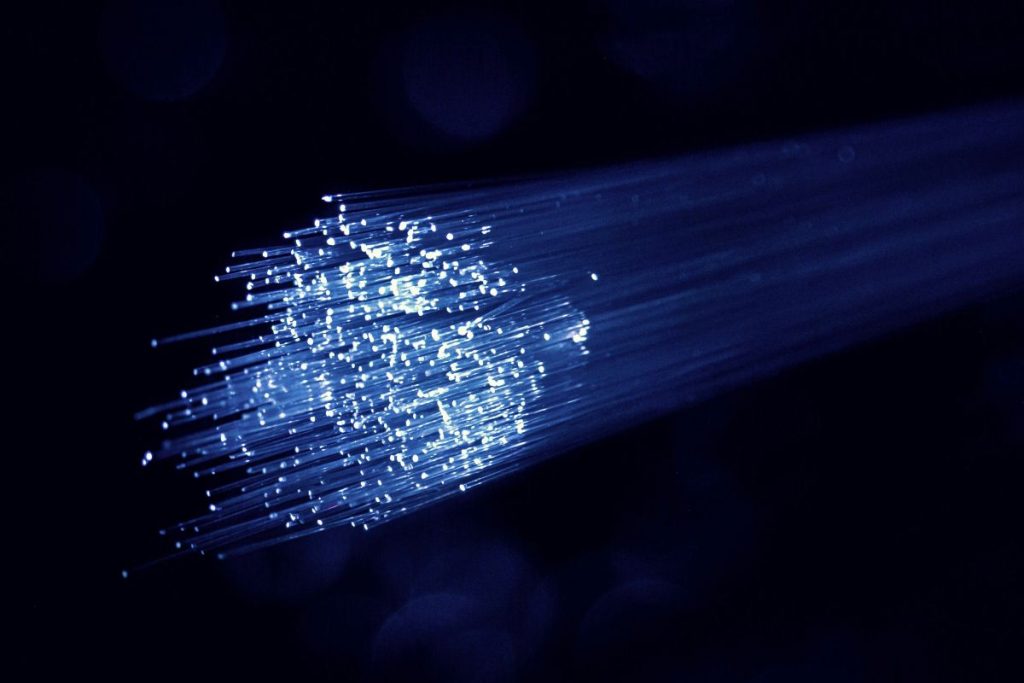IIoT is evolving beyond automation—new technologies are redefining how industries operate.
The Next Wave of IIoT Innovation
The Industrial Internet of Things (IIoT) has already reshaped manufacturing and supply chain operations, enabling real-time monitoring, predictive maintenance, and process optimization. But the next phase of IIoT will go far beyond efficiency gains. Emerging technologies—artificial intelligence (AI), digital twins, and hyperautomation—will fundamentally transform how industrial operations function, creating self-learning, adaptive systems that can optimize production and logistics in real time.
As IIoT evolves, companies must look beyond connectivity and automation. The real competitive advantage lies in how businesses use IIoT-generated data to enable intelligent decision-making, reduce risk, and increase agility in increasingly complex supply chains.
AI-Driven Decision Making
AI is becoming the backbone of IIoT, moving beyond simple analytics to true predictive intelligence. By applying machine learning to IIoT data streams, companies can anticipate disruptions, optimize production schedules, and reduce waste with precision. Rather than just detecting anomalies, AI-enabled IIoT systems can recommend and even autonomously execute adjustments, ensuring minimal downtime and higher efficiency.
For supply chain operations, AI’s ability to analyze supplier performance, predict demand fluctuations, and identify bottlenecks in real time allows businesses to proactively manage disruptions before they impact operations. This shift from reactive problem-solving to proactive optimization will define the next generation of industrial intelligence.
Digital Twins: Bridging the Physical and Virtual Worlds
A digital twin is a virtual representation of a physical system—whether it’s a factory floor, a logistics network, or an entire supply chain. By integrating IIoT data with AI and simulation models, digital twins allow companies to test scenarios, predict outcomes, and refine operations before implementing changes in the real world.
Manufacturers are already using digital twins to simulate equipment performance, predict maintenance needs, and optimize energy consumption. In supply chains, digital twins provide a detailed, real-time view of logistics, inventory, and supplier conditions, allowing companies to simulate disruptions and refine contingency plans without affecting live operations.
The Shift Toward Hyperautomation
Hyperautomation combines AI, IIoT, robotics, and advanced analytics to create fully autonomous industrial processes. As IIoT continues to evolve, hyperautomation will push manufacturing and supply chain operations beyond traditional automation by enabling systems that continuously learn and adapt.
For businesses, this means greater efficiency, fewer manual interventions, and the ability to scale operations dynamically. In manufacturing, hyperautomation can optimize production in response to real-time demand shifts, while in logistics, it can enhance inventory planning and warehouse automation.
Preparing for the Future of IIoT
The next phase of IIoT will require companies to rethink how they integrate technology across operations. Success will depend on the ability to harness AI-driven intelligence, build scalable digital twins, and embrace hyperautomation in a way that aligns with business objectives.
The real value of IIoT lies in transforming raw data into meaningful insights that drive ongoing improvements and smarter decision-making. Investing in the next generation of IIoT technology enables companies to reduce downtime, anticipate supply chain disruptions, and create more flexible, data-driven operations that can quickly adapt to changing market conditions.



